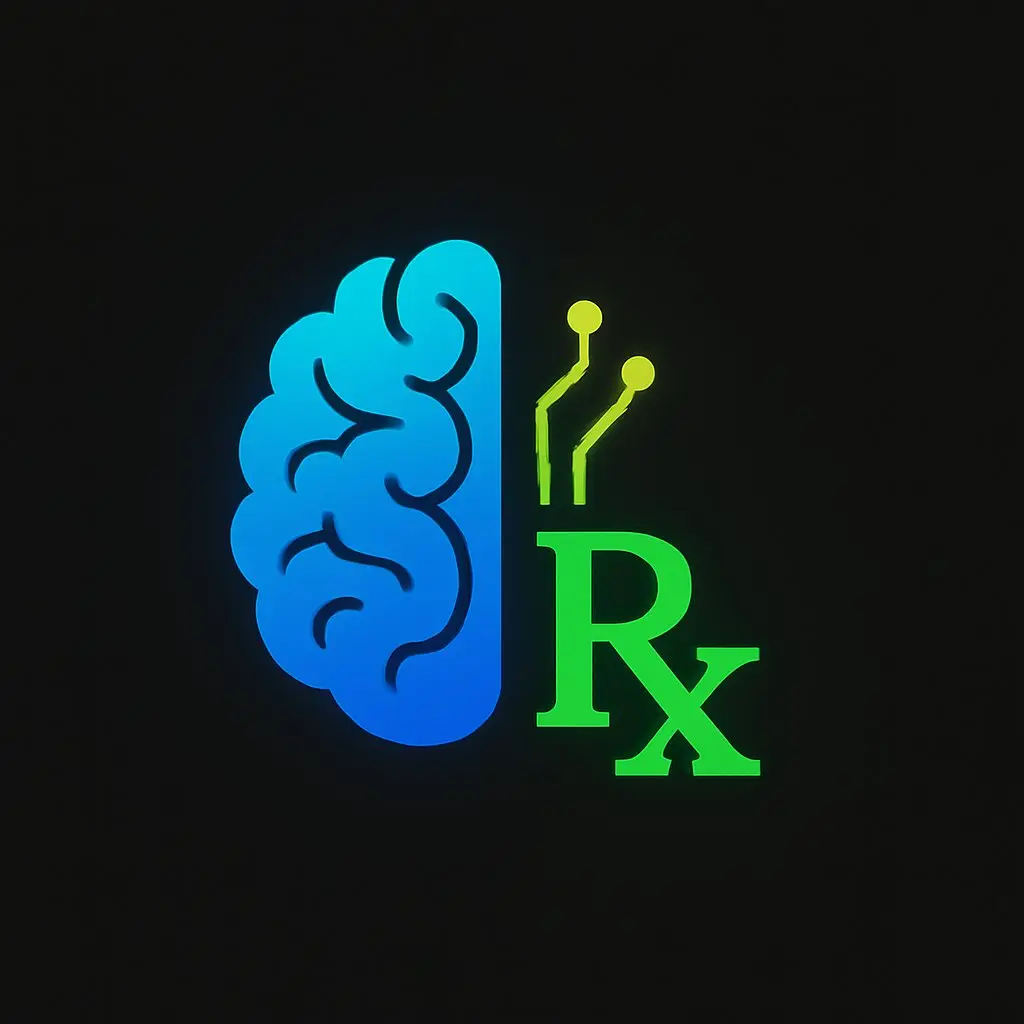what exactly is intuition? Is it mystical? Psychological? Biological?
In this post, we’ll explore intuition from three powerful lenses: spirituality, psychology, and neuroscience.
The Spiritual Perspective: Wisdom Beyond Reason 🔮
In many spiritual traditions, intuition is seen as a higher form of knowing — something that transcends logic and comes from the soul, the universe, or divine consciousness.
– It’s often linked with the third eye chakra (Ajna) in Vedic belief — the center of insight and perception.
– Intuition here is not learned but revealed — through meditation, silence, and spiritual alignment.
– Many mystics believe that when your mind is calm and ego-free, true guidance flows naturally.
Example: A seeker might feel an inner pull to change their life direction without any external reason — just a deep, inner certainty.
The Psychological Perspective: The Brain’s Shortcut System
Modern psychology, especially cognitive science, views intuition as a mental shortcut that the brain uses to make decisions quickly.
– Daniel Kahneman, in his famous work Thinking, Fast and Slow, describes it as System 1 thinking — fast, automatic, and subconscious.
– Intuition is shaped by experience, memory, and learned patterns, even if you can’t consciously explain them.
– While often helpful, it can also be biased or inaccurate, especially when based on stereotypes.
Example: A doctor might instantly sense something is wrong with a patient — not because of symptoms, but from experience-based pattern recognition.
The Neuroscience Perspective: Gut Feelings in the Brain
Neuroscience digs even deeper. It shows that intuition is more than ‘magic’ — it’s a complex interplay of brain regions working behind the scenes.
Key Brain Areas:
- – Insular cortex – processes internal bodily sensations (‘gut feelings’).
- – Anterior cingulate cortex (ACC) – tracks uncertainty and conflict.
- – Amygdala – drives emotional learning and quick threat detection.
- – Prefrontal cortex – uses experience and context for decision-making.
- – Default Mode Network (DMN) – may support introspective, insight-driven thinking.
Example: You walk into a room and feel uncomfortable without knowing why — your brain may have picked up on subtle cues and warned you before your conscious mind processed them.
